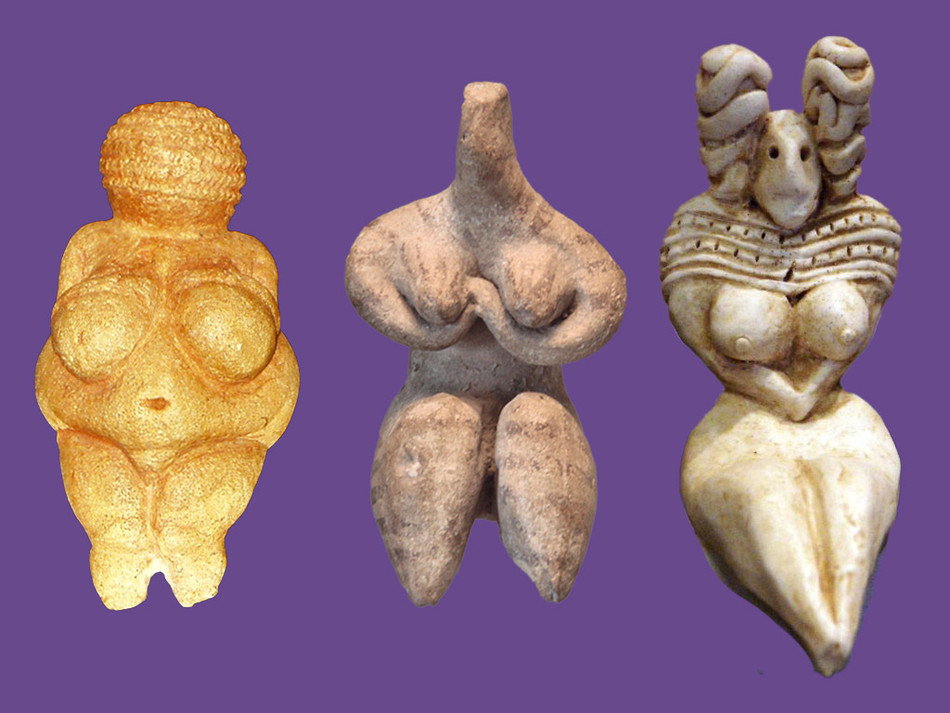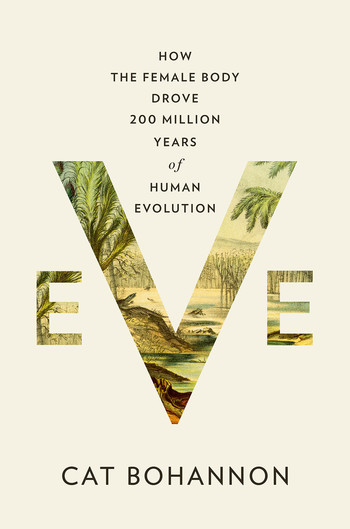There’s a concept in biology called “the male norm,” which means that scientists investigating fundamental questions about living organisms use predominantly cis-male subjects. “The male body from mouse to human is what gets studied in the lab,” writes Cat Bohannon ’09SOA, ’22GSAS in her book Eve: How the Female Body Drove 200 Million Years of Human Evolution. “Unless we’re specifically researching ovaries, uteri, estrogens, or breasts, the girls aren’t there.” So, yes, if you are a woman, medical science has not been focused on you and often has a rather vague idea of how your body metabolizes drugs, responds to pain, and fights off disease, especially when pregnant.
Bohannon, an essayist, poet, journalist, and researcher with a Columbia PhD, argues that this paradigm must change and lays the groundwork in her compelling first book. Starting with the first “Eve” of 205 million years ago — a lactating creature that looked like “a cross between a weasel and a mouse” — she proceeds through the milestones of female development to modern times. Each chapter walks us through a step in this important journey — the first placental Eve, the first tool-using Eve, the first upright-walking Eve, and finally the first large-brained, speaking femme of our own species, Homo sapiens. Along the way, we learn that mother’s milk is full of “prebiotics” that feed the nascent bacteria in babies’ guts; that ladies beat gents at detecting the faintest smells; and that women’s brains go through massive fluxes, shrinking during pregnancy and expanding afterward.
Bohannon pays special attention to that so-called “female brain,” as well as myths and misconceptions surrounding it. Girls outperform boys in every school subject before puberty, but then their grades tank. Until they’re about fifteen years old, boys and girls have similar IQ scores; then the girls start lagging. And while girls still tend to test better in language, boys outdo them in math. Does this mean that adult men are smarter than adult women? It might well depend on the test’s design, the author argues, since “certain IQ test questions seem to reward male brains.”
With grit and wit, Bohannon marvels at the blunders and wonders of evolution. If mallards can discard sperm after unwanted intercourse, why haven’t our bodies “evolved internal mechanisms to support female reproductive choice?” she asks. And our reproductive system has become increasingly dangerous: walking upright made pelvises and birth canals smaller, while having larger brains made babies bigger. “It’s hard to fit a watermelon through a lemon-size hole,” notes Bohannon, echoing the woes and fears of every mother.
Menopause might be a blessing of sorts, especially when viewed in its larger context. Most species die once they stop procreating, but human females “keep living past our predicted — and biologically tuned — expiration date.” Bohannon posits that human society needs grandmothers because, having lived long enough, they know what to do in times of crisis. A postmenopausal woman can’t birth new babies, but she can prevent other people’s kids from dying — and adults, too. A society’s chances of survival increase when someone remembers prior floods, famines, wars, or pandemics.
While women live longer than men on average, their general health needs aren’t well met. Women get fewer heart attacks than men, but more die from them, because their symptoms are different and often overlooked. Women are less susceptible to lung disease, but if they get it, they are treated less aggressively than men. Women are more likely to be prescribed pain medications but often require higher doses to feel the same level of relief as men, which can lead to undertreatment or overtreatment.
There are reasons for this oversight, Bohannon explains. For decades, experiments on women of childbearing age were deemed inhumane and dangerous for them and their future children. But the resulting dearth of data is detrimental to women worldwide. We now understand that female bodies can’t be treated according to “the male norm,” and policymakers must urgently take note. Eve brings this overdue revelation to the forefront of medicine — and society, too. Readers, regardless of their gender, are in for an eye-opening journey with a growing appreciation for the Eves who brought them into this world.





